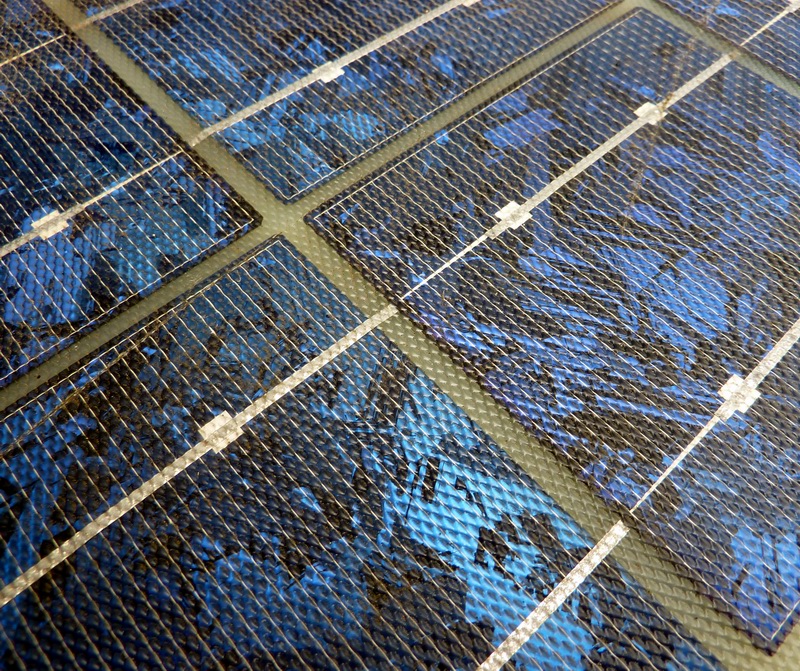There is no official word yet on another extension and industry watchers fear that SECI might now scrap the tender, which was touted as the world’s largest of its kind.
In May, SECI tendered 5 GW of manufacturing capacity linked to ISTS-connected solar projects for an aggregate capacity of 10 GW. Following a poor response to the tender, the nodal agency reduced the manufacturing component to 3 GW, and the minimum project bid capacity from 1 GW to 600 MW.
Reeling under no-show from bidders at the auctions, it then raised the ceiling price for the mega tender by 10 paise (US$0.0014) earlier this month. As such, the new rate for the 10 GW project is Rs 2.85 ($0.039) – a nominal increase from the earlier maximum tariff of Rs 2.75 ($0.038) per unit. Despite the raise, responses have been lukewarm.
“To begin with, the concept of domestic-manufacturing linked tender is flawed. India does not have the wherewithal to produce good quality modules for such a large tender. And developers do not want to get tangled in manufacturing which is not their core business or skill. Scrapping of this tender is a real possibility,” solar consultant Urvish Dave told pv magazine.
According to Dave, this is not the first time the government has added domestic manufacturing as a mandatory clause in tenders. A couple of years ago, India’s solar nodal and implementing agencies introduced a Domestic Content Requirement (DCR) in tenders – an indirect way to promote domestic manufacturing. The idea, however, failed.
“I am not surprised at the lukewarm response to the 10 GW tender. It is not a feasible idea. Tagging tenders with domestic manufacturing is like putting the cart in front of the horse. The government should first promote domestic manufacturing, provide incentives to small and medium local manufacturers and then push for a manufacturing-linked tender,” Ahmedabad-based solar consultant Nilesh Patel told pv magazine.
“SECI does not have end customer of the capacity tendered. The agency should first take stock of the situation, confirmed capacities and fund allocation to make the tendering interesting and fruitful,” Satya Narayan Dalmia, CMD, SBD Greenenergy, told pv magazine when the 10 GW tender was postponed the third time in September.
This content is protected by copyright and may not be reused. If you want to cooperate with us and would like to reuse some of our content, please contact: editors@pv-magazine.com.








By submitting this form you agree to pv magazine using your data for the purposes of publishing your comment.
Your personal data will only be disclosed or otherwise transmitted to third parties for the purposes of spam filtering or if this is necessary for technical maintenance of the website. Any other transfer to third parties will not take place unless this is justified on the basis of applicable data protection regulations or if pv magazine is legally obliged to do so.
You may revoke this consent at any time with effect for the future, in which case your personal data will be deleted immediately. Otherwise, your data will be deleted if pv magazine has processed your request or the purpose of data storage is fulfilled.
Further information on data privacy can be found in our Data Protection Policy.